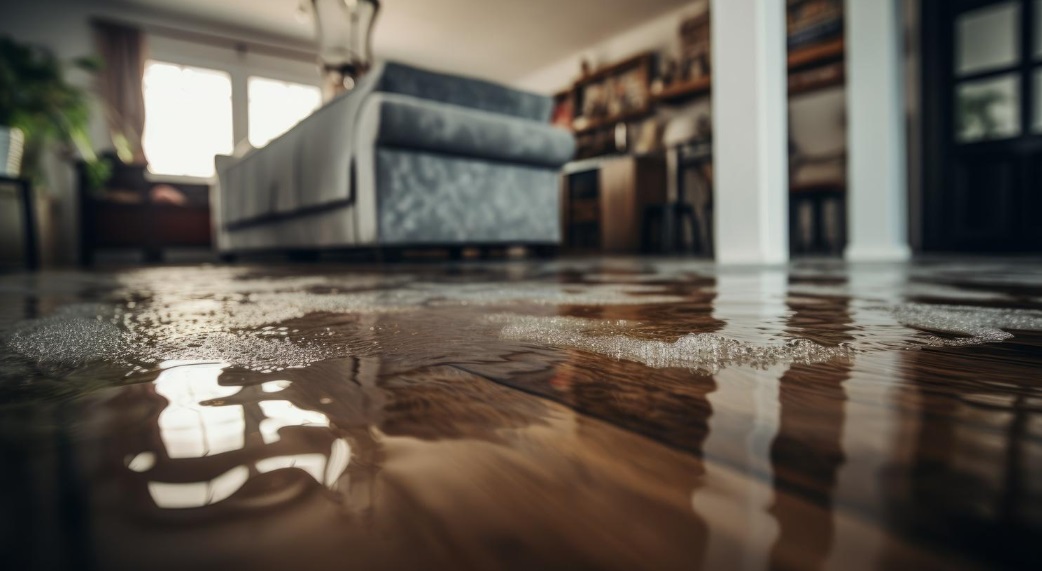Water damage can strike homes and businesses unexpectedly, wreaking havoc on structures and belongings. However, timely and effective water restoration is crucial to minimize damage, prevent mold growth, and restore the affected area to its pre-damage condition. This article delves into the essential strategies and steps involved in water restoration, offering insights for property owners facing this challenging situation.
Initial Assessment and Safety Measures
The first major step in water restoration is to assess the extent of the damage. It is essential to determine the water source and ensure it is stopped to prevent further damage. Safety is paramount; therefore, checking for electrical hazards and structural damage before entering the affected area is crucial. Professional water restoration services often begin with a detailed assessment to create a tailored restoration plan.
Water Removal and Drying Process
Once the area is deemed safe, the next step is water removal. This involves using pumps and vacuums to extract water from the property. Following water extraction, the drying process begins. Dehumidifiers and air movers are commonly used to remove moisture from the air and surfaces, preventing mold and mildew growth. Monitoring the drying process is vital to ensure that the area is thoroughly dried.
Cleaning and Sanitizing the Affected Area
After drying, cleaning and sanitizing the affected area is crucial. This step involves cleaning walls, floors, and personal belongings. Sanitizing helps eliminate bacteria and other harmful microorganisms that water may have brought. Specialized cleaning agents and techniques are used to ensure the area is not just visually clean but also hygienically safe.
Restoration and Repair
Restoration is the final step in the water damage recovery process. This may involve minor repairs like replacing drywall and painting or significant reconstructions like rebuilding entire rooms or areas. The goal is to restore the property to its original, pre-damage state. Professional water restoration services can efficiently handle both structural repairs and aesthetic touch-ups.
Preventive Measures for Future Incidents
Preventing future water damage is just as important as the restoration process. This includes regular maintenance of plumbing systems, proper landscaping to direct water away from the structure, and installing water detection systems. Awareness and proactive measures can significantly reduce the risk of future water damage.
Conclusion
Water damage can be a daunting challenge, but with the right approach and professional assistance, effective restoration is achievable. From initial assessment to the final touches of repair, each step in the water restoration Chicago process plays a crucial role in bringing a damaged property back to life. Remember, prevention is key, and taking steps to safeguard your property can save significant time, effort, and resources in the long run.
